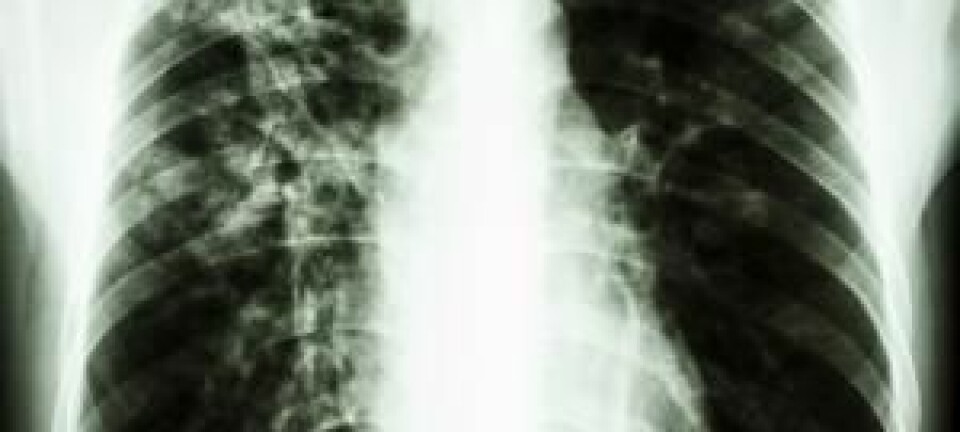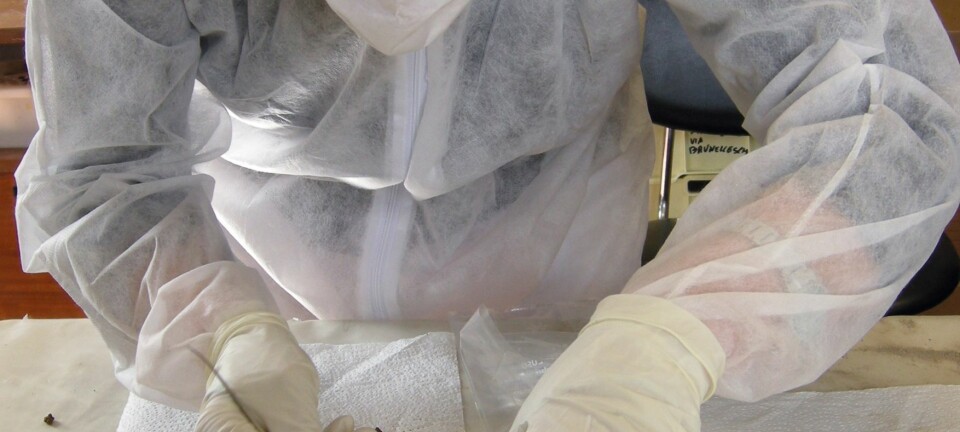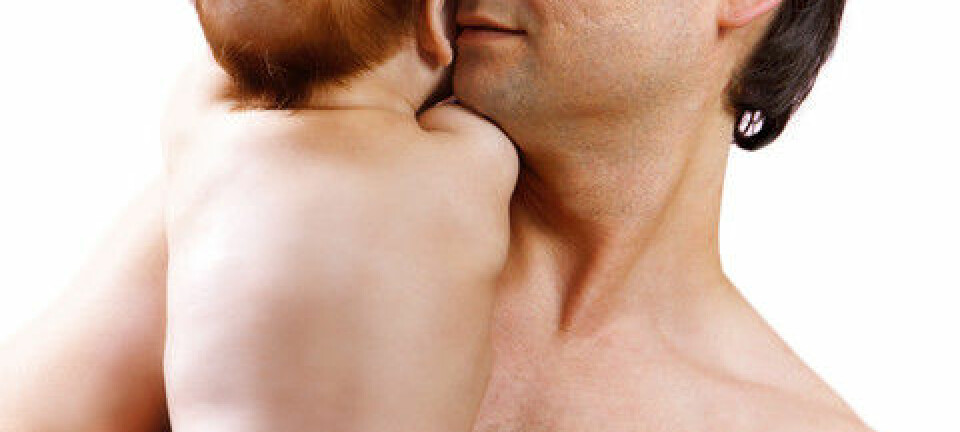
How our cells repair their damaged DNA
Researchers find important mechanism that allows cells to repair damaged DNA. Could answer questions about cancer development.
New research shows that some previously overlooked molecules in the body's cells play a key role in the repair of damaged DNA.
The neglected molecule is called histone 1 (H1), and has so far mainly been described as a molecule that helps to organise DNA within cells. But a new study suggests that H1 also plays an important role in DNA repair.
The new discovery, according to the scientists behind the new results, could lead us towards a better understanding of how cancer develops in the first place.
"Cancer is characterised as a disease that causes damage to the DNA. Therefore H1 evidently plays an important role in the defence against cancer, as it’s pivotal in the recruitment of repair proteins that repair this damage,” says co-author Professor Niels Mailand from The Novo Nordisk Foundation Centre for Protein Research at the University of Copenhagen, Denmark.
“That H1 plays such a central role in such an important mechanism, is completely new knowledge. It also means that other researchers will probably start paying much more attention to H1," he says.
The new discovery is published in the scientific journal Nature.
Colleague: exciting results
Associate Professor Claus Storgaard Sørensen, a researcher at the Biotech Research & Innovation Centre at the University of Copenhagen, has read the new study and says the results are exciting.
He was not involved in the research himself, but is thrilled that Mailand and colleagues have discovered the function of H1, which up until this point, had been so difficult to understand.
Sørensen is especially excited about the discovery of a new mechanism that regulates the repair of DNA, and which plays an important biological role in the immune system.
"If I had to say what, in my opinion, is the most exciting discovery, then this is it. The researchers have made a major contribution to our understanding of how repair protein 53BP1 is recruited to areas of damaged DNA,” says Sørensen.
“At the same time, 53BP1 is [shown to be] a very important factor for the immune system. It will be interesting to see if any great discoveries follow in that direction," he says.
DNA damaged up to 100,000 times per day
In every cell of the body, DNA suffers damage between 50,000 and 100,000 times a day. This happens when DNA building blocks are swapped or changed around, or where one or both strands of DNA is torn.
When damage occurs, the cell sends repair proteins to the spot to quickly resolve it. In the process of repairing itself, it may be destroyed or converted to a cancer cell.
Scientists have known for some time that the protein ubiquitin plays an important role in the recruitment of repair proteins. But until now they didn’t know how ubiquitin actually repaired damaged DNA or how the repair system was regulated.
The new research discovered that ubiquitin sits within the H1 molecule, close to the damaged DNA. When needed, H1 is nearby to help recruit repair proteins directly to the damaged spot.
“It has been shown previously that the ubiquitin sits on the histones in the vicinity of damaged DNA, but we always believed that it was one of the four core histones that was involved [in repairing damaged DNA],” says Mailand.
“Now it turns out, quite surprisingly, that ubiquitin is first deposited on the extra histone, H1," he says.
Multiple research spinoffs
Mailand can see two main spinoffs of the new results.
First, the new results are an important piece of the puzzle when it comes to understanding the cellular mechanisms that explain how the body repairs damaged DNA and how cancer arises in the first place. Eventually, this could lead to preventative treatments that are targeted at this repair process.
Second, H1 may have many other undiscovered functions. The recruitment of repair proteins is potentially only one of many.
"I think there is a lot to explore here. It is like opening a door to a hitherto almost unknown land full of new knowledge,” says Mailand.
--------------
Read the Danish version of this article on Videnskab.dk
Translated by: Catherine Jex










